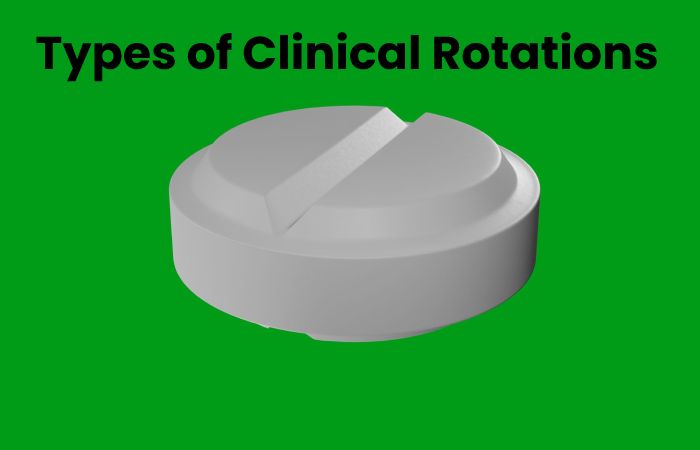Clinical Rotations:
So, what do clinical rotations entail? How do clinical rotations work? Let us investigate all of this.
Similarly, while the duration and judgment of clinical rotations vary depending on the university and level of the medical program, Clinical Rotations begin in the fourth year of the MD Program at Lincoln American University, one of the wildest growing medical universities in the South America region, after completion of 1 year of Pre-medical Program and two years of Pre-Clinical Program.
Table of Contents
Types of Clinical Rotations

Its remain classified into several types based on the factors of differentiation. Similarly each new clinical rotation can feel like a new job due to the varying expertise, knowledge, specialization, and experience.
All clinical rotations can remain divided into two broad categories based on whether they are required or optional.
Core Rotations
Although Core rotations are mandatory rotations that all medical students must complete. Likely, the rotations included in Core Rotations differ depending on the medical school chosen by the students. Similarly, let’s take a brief appearance at an example of a Core Rotation:
- Family Medicine Rotation
- Internal Medicine Rotation
- Obstetrics/ Gynecology (OB/GYN) Rotation
- Psychiatry Rotation
- Pediatrics Rotation
- General Surgery Rotation
- Neurology Rotation
- Elective Rotations
Elective rotations are particular rotations that medical students can choose. Likely, students are free to choose from an extensive range of elective rotations based on their interests and areas of specialization. Similarly, some elective rotations may remain as Core Medicine, depending on the medical school. While there are many different types of elective rotations available to medical students like you, here is a sample list:
- Cardiology Rotation
- Pathology Rotation
- Radiology Rotation
- Emergency Medicine Rotation
- Ophthalmology Rotation
- Infectious Disease Rotation
- Orthopaedics Rotation
- ICU Rotation
- Physical Medicine & Rehabilitation (PM&R) Rotation
- Plastic Surgery Rotation
- Allergy & Immunology Rotation
- Nephrology Rotation
- Pulmonology Rotation
- Endocrinology Rotation
- Gastroenterology Rotation
- Dermatology Rotation
- Hematology & Oncology Rotation
- Allergy & Immunology Rotation

How to Prepare for Clinical Rotations
Likely, to get the most out of scientific rotations and experiences. Also, you must possess or develop specific characteristics that will help you become a great doctor and remain at the top of your medical career throughout your journey. Here are the qualities and also, traits, or should we say clinical rotation tips? Required to succeed in clinical rotations:
Be Curious: Curiosity is the key to expanding learning opportunities during clinical visits. Also, the more questions you ask, the more you discover and learn. Although, that doesn’t mean you should start asking questions in the middle of surgery. Instead, please list everything you need to ask, and it’s a good idea to answer multiple questions simultaneously.
So, while being curious is admirable, be mindful of when to intervene and avoid disturbing the team when working in a stressful situation.
Stay Focused: Likewise, given the consequences of a minor medical error, a doctor cannot afford to lose focus, which is valid for medical students.
Conclusion
Similarly, to familiarise students with clinical as early as the second year of the programme. Likely, we facilitate visits and clinic observation for our students in affiliated hospitals alongside their MD in Guyana.

